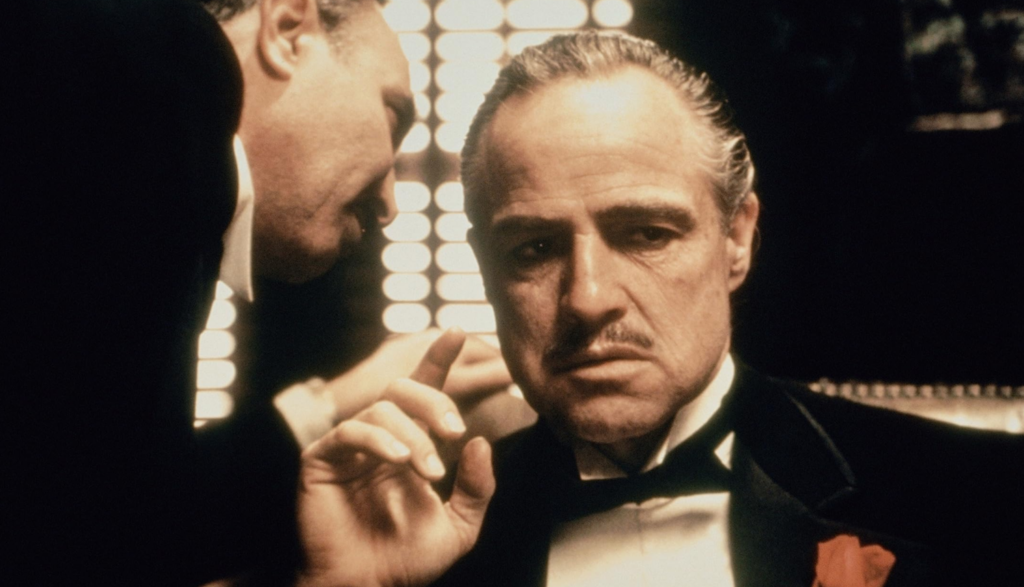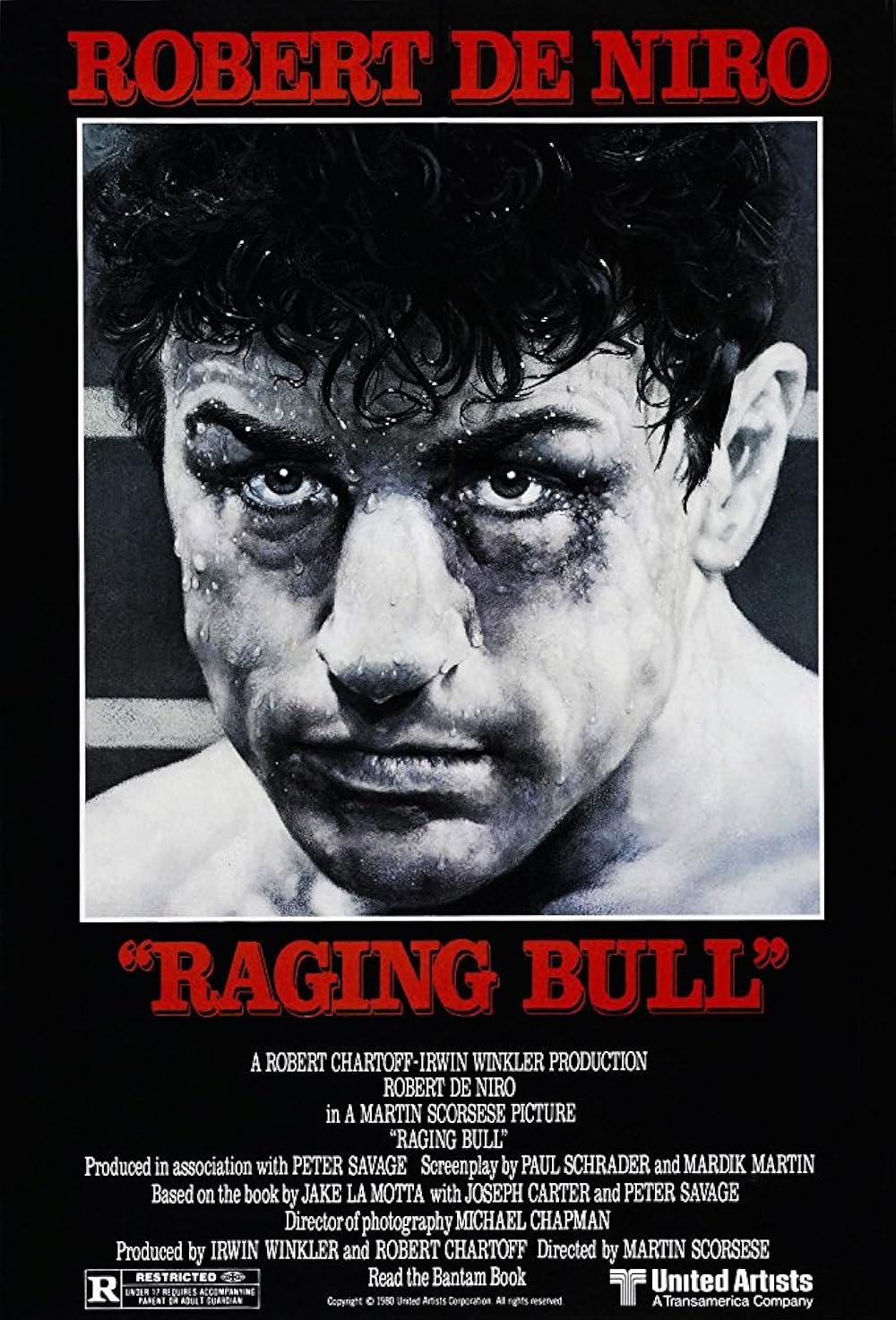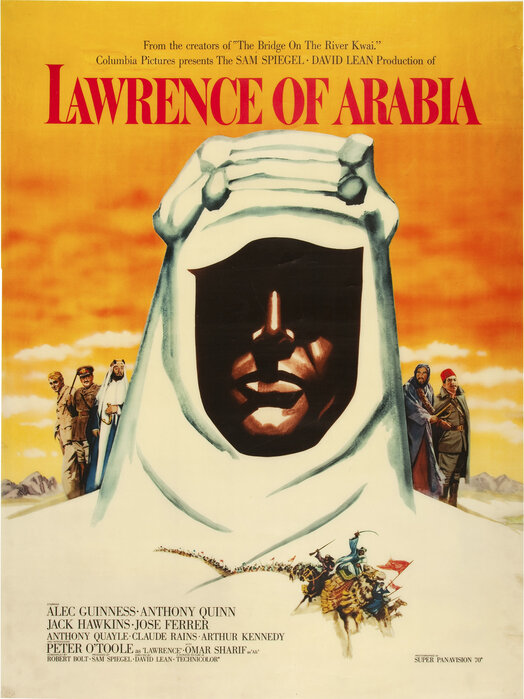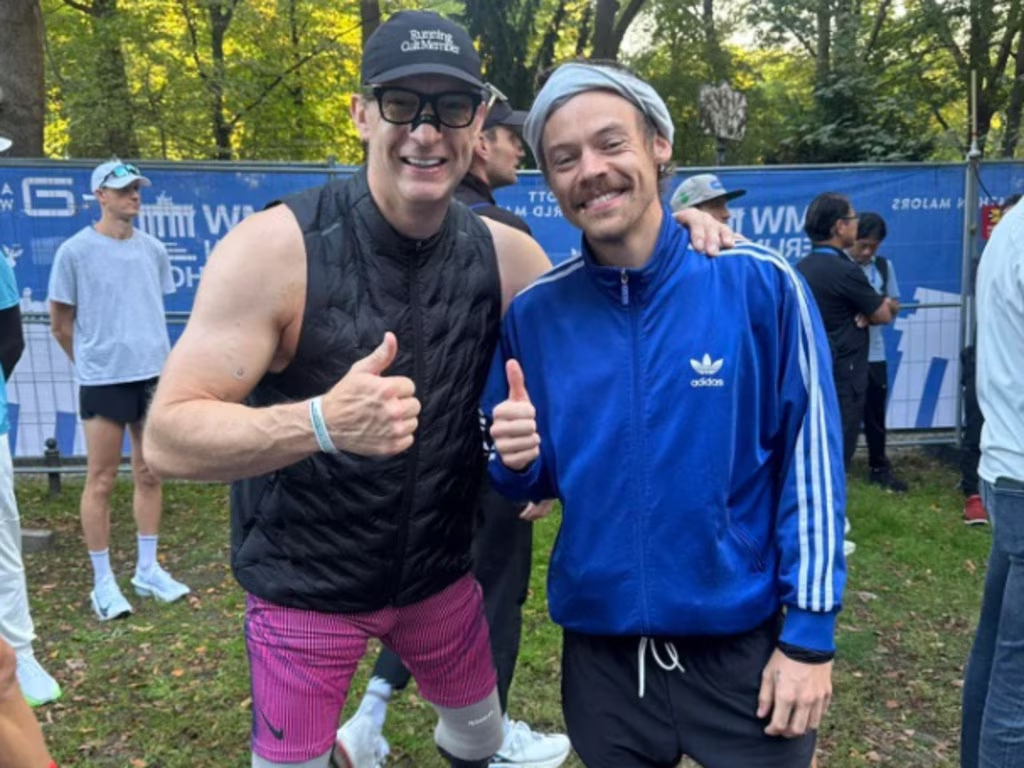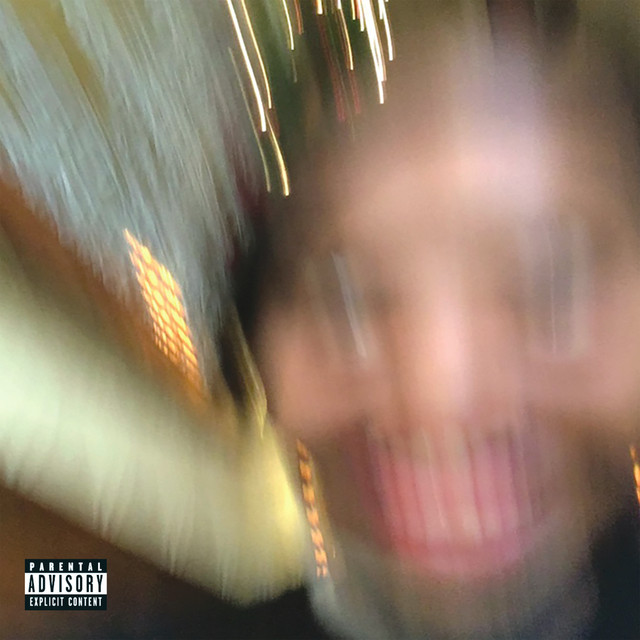What qualifies a movie to be one of the best of all time? Is it the actor’s performance, the director’s vision, or the cinematographer’s skill? The answer lies in a combination of factors. The movie is ranked accordingly in an extensive list curated by the movie’s success, popularity, and cinematic greatness. Although many can argue the arrangements of the list with their own opinion, you can’t argue the success of critical acclaim, cultural impact, and awards. These are the top 10 best movies of all time, ranging from many decades and genres, each leaving an indelible mark on cinema.
1. The Godfather
Released in 1972 and directed by Francis Ford Coppola, “The Godfather” has received a long reign of praise for many years for many factors. Marlon Brandon, who plays Vito Corleone, gives an unforgettable performance as the Godfather of the Corleone family and head of the Corleones, one of the top mafia families in New York. For this role, Brandon received an Oscar win for Best Actor, and the film also gained two more Oscars for Writing and Best Picture. Disregarding the success of this film, it stands alone strong and hits every aspect of a fantastic work of art that cannot be recreated.
An influential Italian family is caught amid the 1940s peak of mafia families in New York. The movie’s acts and the story’s motives make it unique. Nothing is censored from the realities of loyalty to your family and doing anything for them. The dynamic between the actors makes you feel like you’re watching a real family, and how they change over time creates bonds to them as if they were real people. For example, in the scene where the parents are discussing a sensitive issue in the kitchen, the actors’ use of space and physical distance—along with how they avoid eye contact—reveals the emotional tension between them, highlighting their strained relationship. These visual cues and their layered vocal deliveries create a sense of intimacy that draws the audience into their world. The soundtrack that follows throughout makes up each scene and emphasizes the emotions. The intensity in certain scenes makes it feel like you are there, and even when you think you know what’s coming next, once you second-guess yourself and think outside the box, you’re wrong again. The Godfather makes simple storylines into masterpieces. Everyone has their favorite part of the film; mine is the baptism scene at the end. Your jaw will drop, and it will stay there. The parallelism of what’s happening in the scene is remarkable and makes you wish there was more to that scene.
After fantastic feedback, Coppola made parts two and three of The Godfather trilogy. Part two received great reviews, and part three not so much as the other two.
2. The Shawshank Redemption
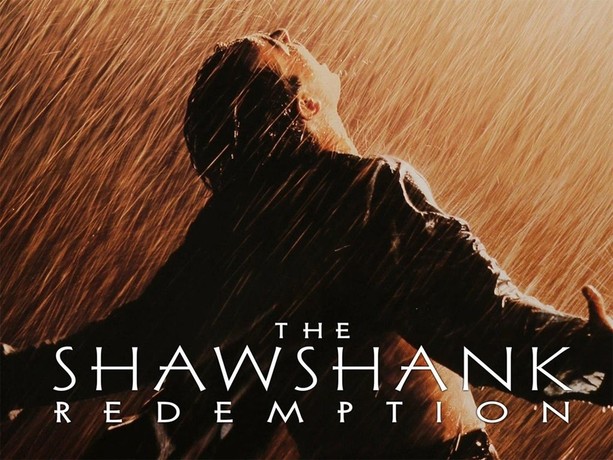 “FEAR CAN HOLD YOU PRISONER. HOPE CAN SET YOU FREE.”
“FEAR CAN HOLD YOU PRISONER. HOPE CAN SET YOU FREE.”
Released in 1994 and directed by Frank Darabont, “The Shawshank Redemption” is a compelling prison movie with passionate characters and thoughtful minor and significant storylines. This is one of those movies that will change your perspective, and you will never want to watch it again because it’s so good that it’ll only be satisfying the first time you watch it. In its initial release, the movie made over 28 million dollars in the US and Canada and over 29 million worldwide. It was a box office flop when it first opened in theaters. But, like all great things, getting the recognition it deserved took time.
Andy Dufresne (Tim Robbins) and Ellis Boyd Redding’s (Morgan Freeman) pure friendship represents hope—their dynamic stands out. Dufresne’s determination makes him an inspiring character. The storytelling and pace of this film give you time to absorb everything; nothing is rushed, and everything is carefully thought out. There’s not a split second of useless information from beginning to end. But this film isn’t only the best cinematically but also soulfully. Exploring the act of hope is an integral part of the story and of humans. Hope is the foundation of life because everyone is full of it.
3. Schindler’s List
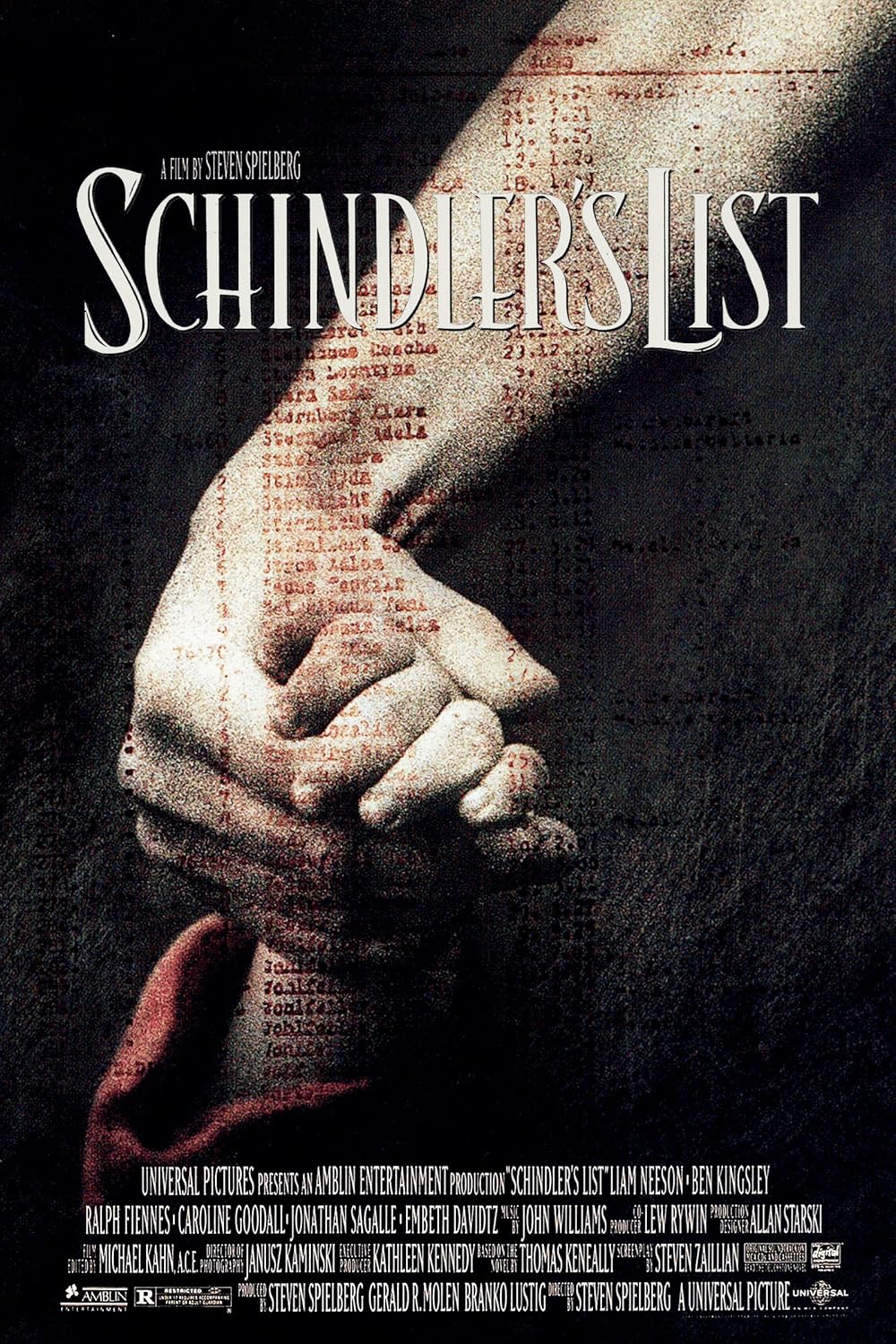 “WHOEVER SAVES ONE LIFE, SAVES THE WORLD ENTIRE.”
“WHOEVER SAVES ONE LIFE, SAVES THE WORLD ENTIRE.”
Released in 1993 and directed by Steven Spielberg, “Schindler’s List” is one of the most profound movies about the Holocaust. Based on the true story of Oskar Schindler, it explores his acts of saving over 1,000 Jewish people from the Holocaust while risking his own. As expected, “Schindler’s List” won the Best Picture Award in 1994, along with Steven Spielberg winning Best Director.
After watching it, you’ll never forget this film. The impact it has had on my life has been grand. Although it was shot in black and white, moments in color are significant. One moment engraved into my brain since my first watch was the little girl in the red coat. Her role stands out as the turning point within Schindler. The symbolism factors are beautiful storytelling, and make for heartwrenching scenes when our mind is put to work to determine how this was detrimental. The film’s emotional impact reaches its peak during the scenes of liberation, where the cinematographic techniques, dialogue, and directorial choices work in harmony to evoke a profound sense of relief and bittersweet closure. The camera often focuses on the characters’ faces, capturing raw, unfiltered emotions such as disbelief, joy, and sorrow, amplifying the gravity of their newfound freedom. Nothing I have ever watched will leave an impact as this film did.
4. Raging Bull
Released in 1980 and directed by Martin Scorsese, “Raging Bull” is one of the most dispiriting character downfalls, especially more sorrowful because it is based on the real-life wrestler Jake LaMotta. Scorsese’s directions perfectly emulate the high-achieving wrestler LaMotta, played by Robert De Niro, and his life. The film was based on LaMotta’s 1970 memoir “Raging Bull: My Story.”
The cinematography in this film is top-tier. Only a few projects can tell a story, with camera work playing as the majority of the work. One scene depicting great technique is LaMotta’s fight with Sugar Ray Robinson, where the camera pans out and simultaneously zooms in, creating what’s known as the dolly effect. This represents LaMotta’s distorted state of mind and letting Robinson knock him down; this means that the camera plays just as important a role as any actor. The choice of filming in black and white felt natural to depict when these acts took place accurately and to have the focus solely on the story, nothing else around it. You could watch this film on mute and understand what’s happening because these actors do incredible work with their faces and movements. The story is told mainly by such. As someone not interested in sports movies, I wanted to watch more, as Scorsese has a special gift for eloquently interpreting stories.
5. Casablanca
Released in 1942 and directed by Michael Curtiz, “Casablanca” tells the tale of Rick Blaine (Humphrey Bogart) and Lisa Lund (Ingrid Bergman) reuniting by chance at Blaine’s club in Casablanca. It’s a love story of sacrifice and undeniable connection. The black and white film is one of the most beloved war films and gained popularity in its initial release during World War II. It was received well by critics and received an Oscar for Best Picture in 1944.
A flashback reveals the details of their love affair in Paris, culminating at La Belle Aurore, before the Nazi invasion. In each place, Sam (Dooley Wilson) performs “As Time Goes By.” The song is a shared favorite in Paris, but it is a painful reminder of the past in Casablanca. The time they shared in Paris was a time each of them cherished but in an attempt to flee the Nazis Blaine had to leave Lund behind not to mix her in his trouble and save her from the misery of being on the run. The reunion ignites a spark from a flame that never went out. They fall for each other all over again, although she’s now married and attempting to protect her husband as they try to go to America. The most beautiful scene is when we see Blaine notice that Lund has his eyes on her and Sam plays their song.
6. Citizen Kane
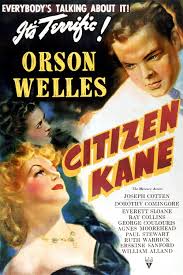 “SOME CALLED HIM A HERO…OTHERS CALLED HIM A HEEL.”
“SOME CALLED HIM A HERO…OTHERS CALLED HIM A HEEL.”
Released in 1941 and directed by Orson Welles, “Citizen Kane” recalls the life of Charles Foster Kane, played by Welles. The director and actor had a clear vision of storytelling, and his choice to dive into Kane’s life was a great creative choice. Welles’s roles as an actor and director are a risk, as it’s challenging to do both while you’re in a shot, but I couldn’t imagine anyone else doing it better than Welles.
We are taken into many time jumps within Kane’s life. While some other films attempt the method of flashbacks, it can get messy and lose the story’s main plot, but this film stays organized and well-paced. The screenplay is one of the most well-developed and planned-out stories from paper to the silver screen. I enjoyed how this film’s storyline was trying to figure out what Kane’s last words meant, “Rosebud”, while also unraveling who Charles Kane was, as he was a very mysterious and successful man who had so much money that he didn’t know what to do with it. From beginning to end, it was necessary to note every piece of information given, as it was a setup for future events. If this film were remade today, it would not compare to its past beauty. The end is gracefully devastating. The only way to be touched by this film is if you watch it in its entirety, without pausing or breaking, giving it your full attention.
7. Gone With the Wind
 “FRANKLY, MY DEAR, I DON’T GIVE A DAMN.”
“FRANKLY, MY DEAR, I DON’T GIVE A DAMN.”
Released in 1939 and directed by Victor Fleming, “Gone With the Wind” not only has a place on the top 10 best movies of all time but is also one of the longest. With a runtime of 3 hours and 58 minutes, almost reaching 4 hours, I had to endure the selfishness, self-centeredness, and manipulative character of Scarlett O’Hara. If you didn’t want to rip out your hair multiple times while watching, how? Vivien Leigh did phenomenally in her role as Scarlett O’Hara. She was even granted an Oscar for her role, and eight other awards were earned for the film, such as Best Picture, Best Director, Cinematography, etc.
Where to begin? The first half of the film, before intermission, in some weird way, was dreadful in the beginning, but I couldn’t look away. The second half got to me. Scarlett O’Hara sends me into a loopy roller coaster of she’s awful, that was nice,” and ” oh, I hate her. In a way, I appreciate this long film. Love stories today always feel like they’re missing something, so I’m glad I have found a new appreciation for older films that take their time telling history. This was even considered one of the best romance stories. The mist referring to the dream *chef’s kiss* I love it when things like that connect back to the story and aren’t a wasted opportunity. I was ready to have moments where I felt like I could cheat and skip, but when I did, I’d feel guilty and return. As much as I came in with a closed mind, I got lost in the story, and I don’t even remember why I didn’t want to watch this. I think that during a free day, I’d watch this film again and take my time understanding each character.
8. The Wizard of Oz
Released in 1939 and directed by Victor Fleming, The Wizard of Oz was another great hit he produced the same year. “The Wizard of Oz is one of the most popular movies all across the world, it even inspired projects such as “Wicked” and “The Wiz”. It is constantly mistaken for “the first movie shot in technicolor” for its transformation from the grayscale beginning to shifting into color, which was beautifully done. The Wizard of Oz” holds so much history in the film industry from bringing the film to life to the dark behind the scenes it held.
“The Wizard of Oz is like one of those movies you watch as a kid, and you’re so oblivious to everything you see and return to it when you’re older and can’t believe this is a kid’s movie. But there is no denying that it’s a visually appealing film, from the sets to the ruby slippers. The film starts with no color, and when the infamous tornado picks up her house and lands on her, it turns her into a colorful dream. She then has to find her way home by following the yellow brick road, where she meets the Scarecrow, Tin Man, and the Cowardly Lion. Knowing the facts about the behind-the-scenes, I genuinely can’t enjoy this movie without thinking of its hidden truths. However, disregarding that this was a special film for its time, music is undoubtedly the most iconic thing that stems from a past movie. It’s remarkable how it’s been able to withstand the change of time, but it’s still going stronger and better than ever recently with the release of “Wicked” as fans revisit this film.
9. One Flew Over the Cuckoo’s Nest
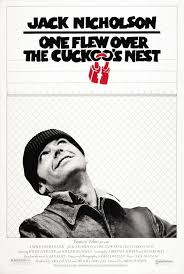 “IF HE’S CRAZY, WHAT DOES THAT MAKE YOU?”
“IF HE’S CRAZY, WHAT DOES THAT MAKE YOU?”
Released in 1975 and directed by Miloš Forman, “One Flew Over the Cuckoo’s Nest” was inspired by Ken Kesey’s novel about his experience of being in a war veterans’ mental hospital in 1959, where he met a nurse who inspired Nurse Ratched. The 2020 Netflix TV show Ratched is a prequel to the character from the film. Jack Nicholson gives an outstanding portrayal of Randle McMurphy, a rebel who is committed to a psychiatric ward after pleading insanity to avoid jail. Nicholson rightfully earned Best Actor at the 1976 Oscars, and One Flew Over the Cuckoo’s Nest won Best Adapted Screenplay.
As mentioned, McMurphy was a criminal who wanted to avoid prison, so he claimed to be mentally ill. When he arrives at the hospital, he is acting out, and when he meets with his doctor, he can sense he’s not sick, but they decide to keep him there anyway to keep an eye on him. McMurphy doesn’t doubt the others in the hospital and doesn’t see them as their diagnoses. But a nurse, Nurse Ratched, enables the men in a way, and they keep going in circles and can’t recover. Friendships play an important role as the other men trust McMurphy, and he strives to give them each a sense of individuality.
10. Lawrence of Arabia
Released in 1962 and directed by David Lean, “Lawrence of Arabia” is inspired by British officer Thomas Edward Lawrence and his role in the Arab revolt of 1916. This film also almost reached the 4-hour mark and was right behind Gone With the Wind with a runtime of 3 hours and 47 minutes. Although this movie has received much love for its cinematography, acting, and direction, it was a complicated watch.
There’s no denying that this was a visual masterpiece. The color palette and scenery are breathtaking, especially with Lawrence’s (Peter O’Toole) striking blue eyes contrasting his tanned skin from the sun and his white attire. The art direction was phenomenal. They shot on location to capture the beauty and the struggles of traveling through the dunes. Many scenes focused solely on the traveling portions in which over 100 camels were used. Personally, a film like this doesn’t pique my interest, so sitting through almost 4 hours of it was at times dreadful. If history is part of your enjoyment, this film would be worth the watch, or if you like visually appealing scenery.
Final Analysis
Each film has earned its spot in the Top 10 Best Movies of All Time. I enjoyed watching each of these films, for they have helped me expand my knowledge and interest in film. For this reason, they have encouraged me to watch more from different periods and directors.
In conclusion, the debate over what qualifies a movie to be the best is subjective. However, success, popularity, and cinematic greatness are key indicators of a film’s historical place. These 10 films from periods and genres continue to resonate with audiences and are beloved by millions, solidifying their place in the greatest of cinematic history.

